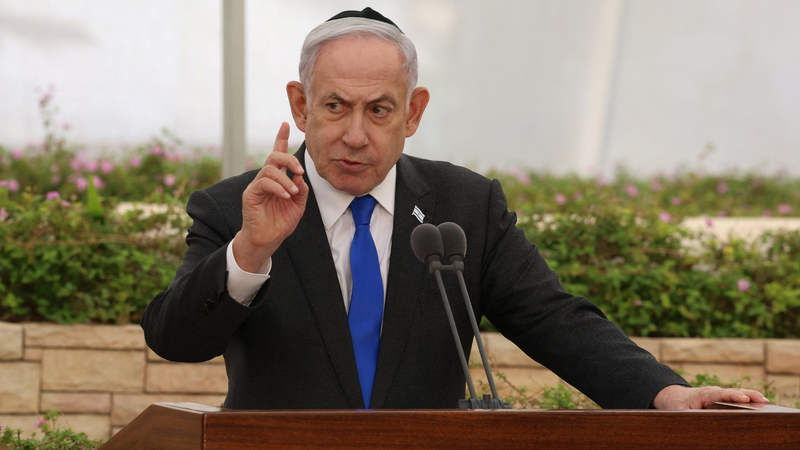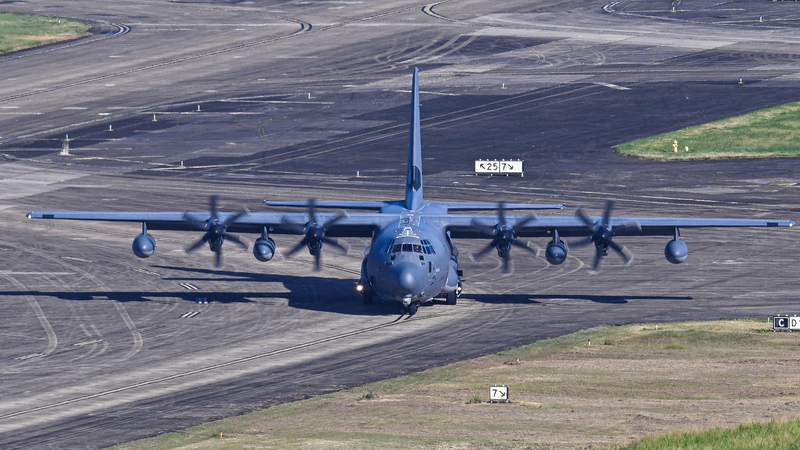After months of escalation, Israel and Gaza have agreed to a first-phase ceasefire, marking the first time the Israeli government has accepted a partial force withdrawal inside the Gaza Strip. Announced by U.S. President Donald Trump, this pause offers a glimmer of hope for civilians caught in the crossfire.
The truce comes amid intense international pressure and follows weeks of rocket exchanges and airstrikes that strained Gaza’s infrastructure and tested Israel’s security protocols. Under the terms, Israel will pull back troops from key areas while Gaza’s factions commit to halting rocket fire. Both sides face strict timelines and verification checks to ensure compliance.
Global reactions have been swift. The United Nations and European Union have praised the agreement, urging all parties to honor the ceasefire and allow humanitarian aid to flow into Gaza. Regional actors, including Egypt and Qatar, are set to host follow-up talks aimed at solidifying the deal and laying groundwork for reconstruction.
Middle East analysts caution that this is only the first step. Success will hinge on sustained dialogue, humanitarian access, and measured diplomacy. For young global citizens, entrepreneurs, thought leaders, and digital nomads tracking this story, the ceasefire is more than a headline—it’s a test of whether collaborative pressure and diplomatic engagement can break a cycle of violence.
As the region watches, the coming days will reveal if this historic truce can evolve into lasting peace or if deeper political solutions will be needed to shepherd both communities toward reconciliation.
Reference(s):
Could the historic Israel-Gaza ceasefire bring peace at last?
cgtn.com




